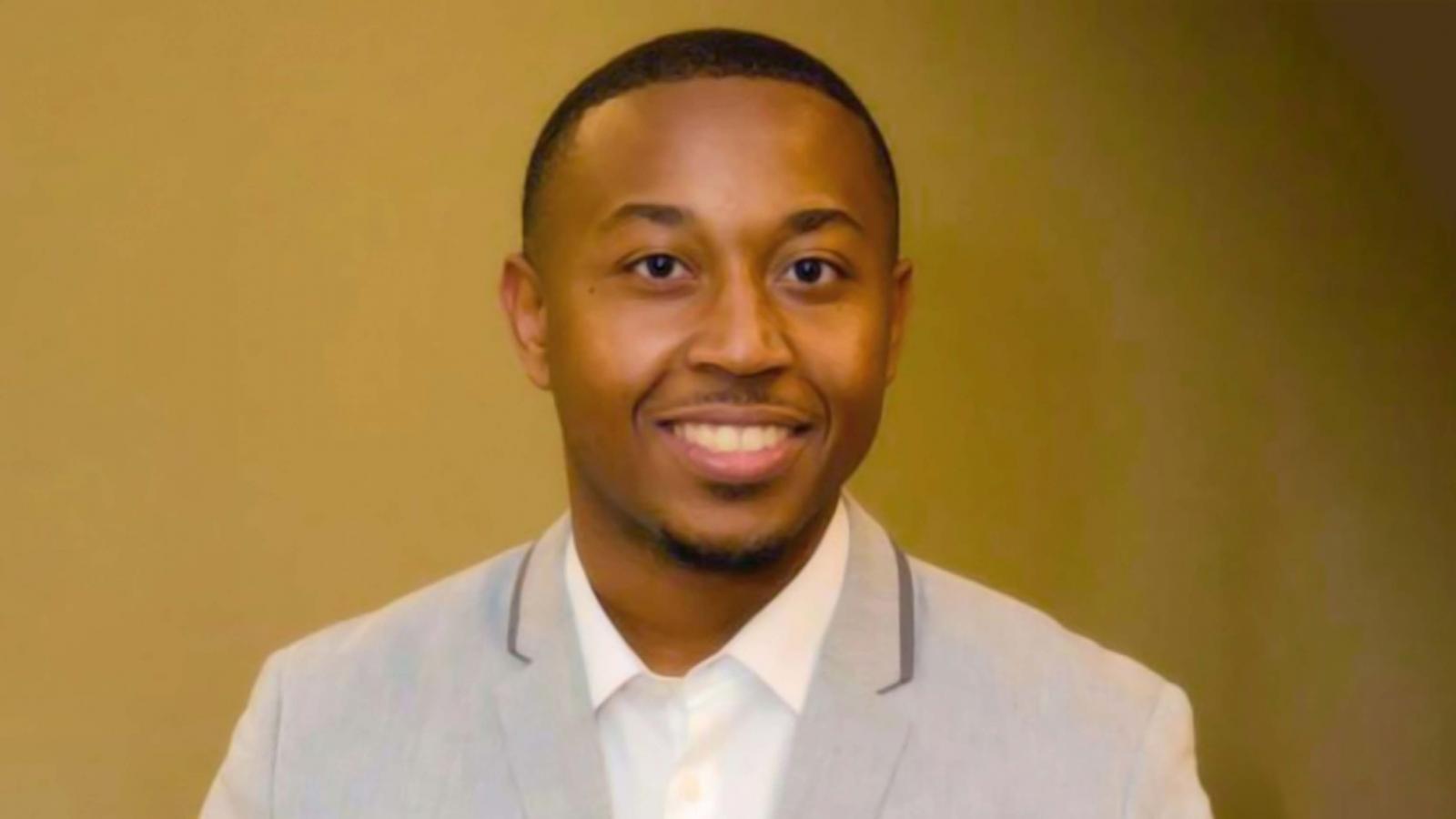Harvard University’s T.H. Chan School of Public Health has selected Marccus Hendricks, Ph.D., as a JPB Environmental Health Fellow, a position that supports research on the “social and physical determinants of environmental health” with a particular focus on vulnerable communities.
Hendricks, an assistant professor in the University of Maryland School of Architecture, Planning and Preservation’s Urban Studies and Planning Program, will receive up to $240,000 over three years as he plans to explore how toxic flood waters and damaged infrastructure resulting from natural disasters beget public health crises. In addition, Hendricks’ research will investigate how “citizen scientists” can play a part in monitoring and inspecting infrastructure systems in order to fill the gaps left by municipalities’ lack of capacity for routine inspections.
“I was absolutely thrilled to receive the news that I was awarded the fellowship,” Hendricks said. “This fellowship will provide me the opportunity to link my training in public health and urban planning, and allow me to explore the ways in which the built environment acts as a determinant of health, specifically in the context of hazardous human-built environments. Working at the intersection of planning and public health will ground my work in the historical legacy and relationship of the two disciplines while contributing to future planning solutions for the public's health.”
The JBP Environmental Health Fellows Program selected 15 fellows—11 junior faculty from institutions across the United States as well as four federal agency research scientists—with the goal of fostering a cohort of leaders to investigate the unequal social, economic and environmental outcomes that affect U.S. communities. Additionally, these fellows will continue to be based out of their home institutions. “This is yet another example of Marccus and his work contributing to the School of Architecture, Planning and Preservation, Maryland’s Built Environment School, by connecting the built environment to other critical issues such as public health,” said Interim Dean Don Linebaugh.
According to Hendricks, the exploration of these inequalities—including his own line of research—is more relevant than ever. “After Hurricane Florence along the Carolina coast, there were and are huge amounts of water and soil contaminated by agricultural and industrial land uses that were exposed to flood waters,” Hendricks explained. “Impacted and disrupted water infrastructure can mean that communities go without clean drinking water, and disruptions in energy and power can mean that refrigerated foods and goods spoil and other appliances and electronic devices die. These disruptions cascade into a number of other failures that could potentially impact public health, particularly for the socially vulnerable such as racial and ethnic minorities, impoverished people, children, elderly and hospitalized and disabled groups.”
Beyond investigating the ill effects of toxic flood waters and failing infrastructure in the wake of disasters, Hendricks wants to include students and community members in this work, by training them to visually inspect and assess infrastructure and test stormwater quality—albeit, only when conducting such assessments is a safe undertaking. As Hendricks explained, “Most often, cities don't have the capacity to do routine inspections but mobilizing citizen scientists can help to fill this data need as well as involve them in the planning and management process for capital improvement, sustainable development and adaptations.”
Ultimately, Hendricks hopes this opportunity allows him to further his work in ensuring that the needs of marginalized communities—specifically, communities of color and low-income Americans—are recognized and considered both prior to and in the aftermath of environmental disasters. “This fellowship will support me to measure, map, monitor and trace the pathways of my current work to public health exposures, impacts and outcomes,” he said. Along with the other 14 members of his cohort, Hendricks is poised to ensure the most vulnerable Americans are given a voice when most in need.
Joining Hendricks in this cohort is another UMD researcher, Jennifer Roberts, Ph.D., an assistant professor at the University of Maryland School of Public Health. Having two Harvard JPB Environmental Health (EH) Fellows named at the same university is a very unusual occurrence.
While Hendricks and Roberts have not worked together in the past, Hendricks said, “This fellowship now provides a formal commitment to collaborating and allows us to prioritize it. Jen’s work is fundamentally about how the built environment drives public health outcomes and my work in planning investigates the structure and function of the built environment and how it serves communities. As a unit, we can now critically explore both the processes and outcomes, which is an important and unique opportunity, given our individual expertises.”
Dr. Roberts, who teaches in the Department of Kinesiology, studies the relationship between the built environment and human physical activity levels, obesity rates and other public health outcomes and is enthusiastic about the potential to formalize a collaboration they have already been discussing relating to her Purple Line Light Rail Impact on Neighborhood, Health and Transit (PLIGHT) study.

